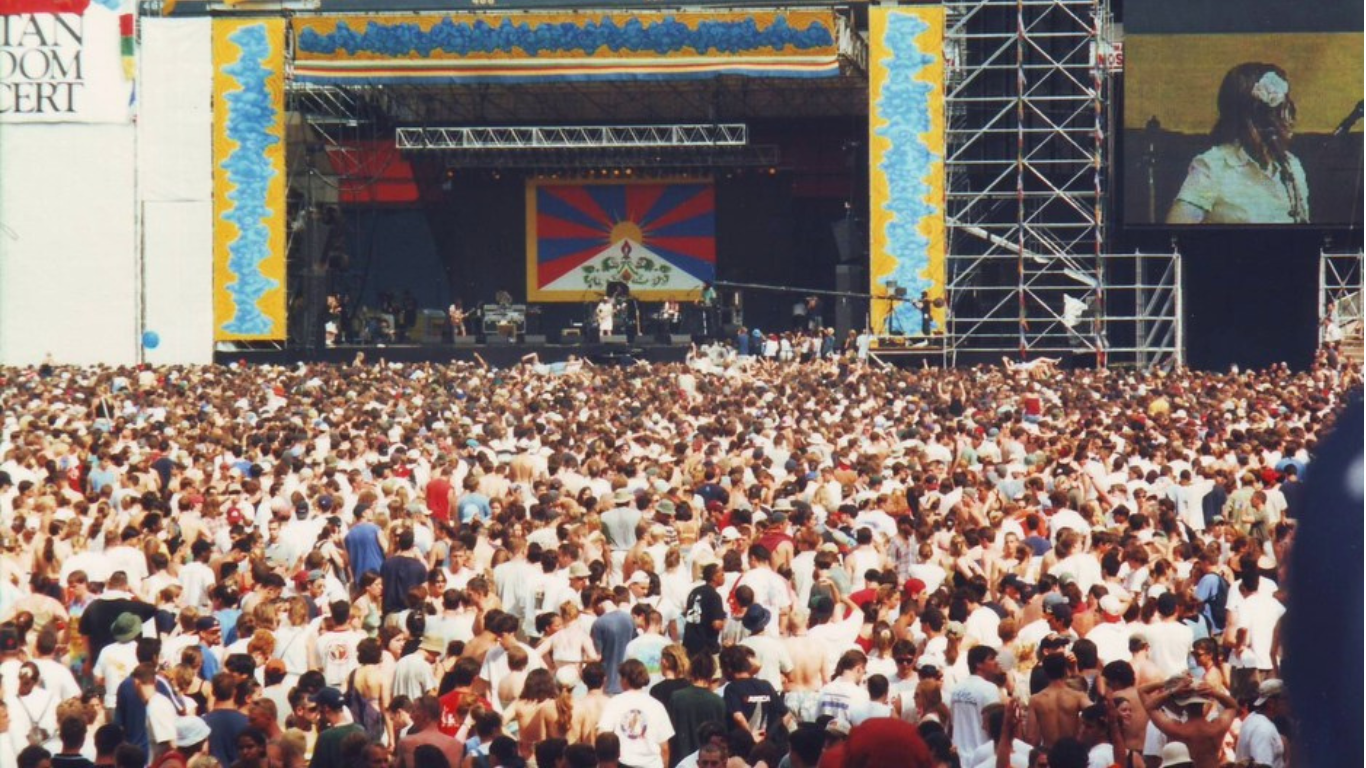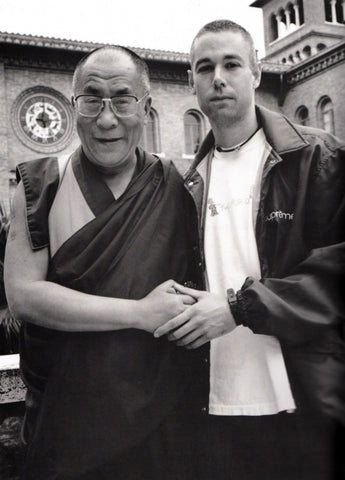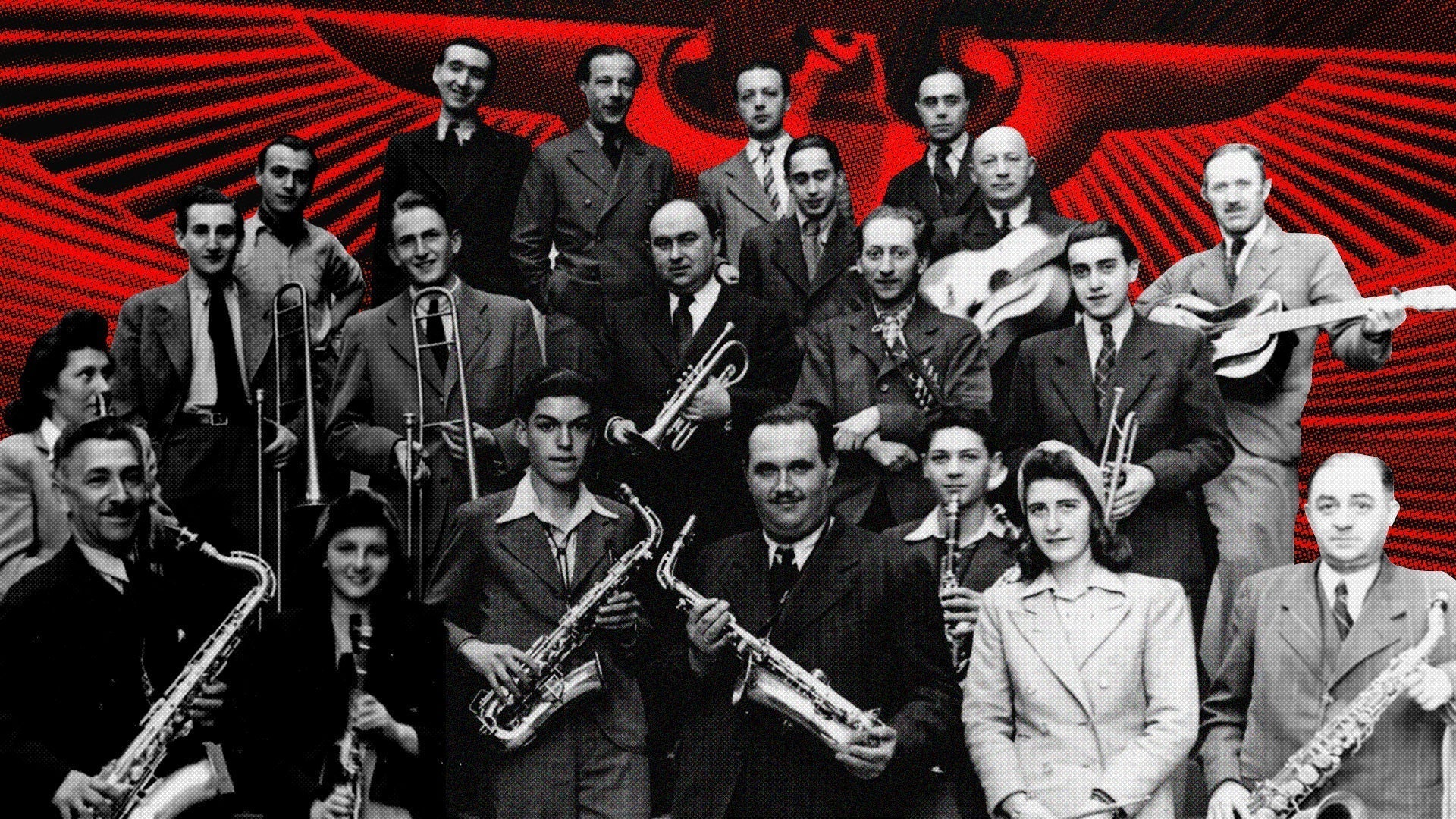Beastie Boys And Buddhism : The Story Of The Tibetan Freedom Concert

In the late 90s, the Tibetan independence struggle captured the hearts of Westerners, becoming a cause célèbre and finding its most significant expression in the form of the Tibetan Freedom Concerts.
From 1996 to 2001, these concerts garnered millions of dollars in donations and international attention, featuring artists such as Björk, Radiohead, Red Hot Chili Peppers, U2, and the Beastie Boys, who were the driving force behind the events.
The story of the Tibetan Freedom Concerts traces back to a fortunate encounter in 1992, when Erin Potts, a 23-year-old activist devoted to aiding Tibetan refugees, found herself at a party in Kathmandu, Nepal, alongside Beastie Boys member Adam Yauch.
Despite her initial indifference to the Beastie Boys’ music and distaste for what she perceived as “party boy antics” and “misogynistic lyrics,” Potts engaged in a conversation with Yauch, who had recently embraced Buddhism.
Surprisingly, Potts discovered a shared passion for Tibet, and her impression of Yauch shifted. As Yauch left Nepal, Potts became his eyes on the ground, updating him on Tibetan activism and sending photos from demonstrations.
The idea to merge activism with music materialized gradually. Recognizing the potential impact, Yauch and Potts attempted three failed iterations of the Tibetan Freedom Concerts before achieving success in 1996 with an event in San Francisco’s Golden Gate Park.
Potts ensured that the concerts conveyed the Tibetan cause authentically. She integrated Tibetans into each performance, bringing experts and exiles on stage to educate the audience. Additionally, she developed packages to brief musicians on the cause, building a sense of purpose among performers.
In 1998, during the DC Tibetan Freedom Concert when Radiohead’s Thom Yorke, typically press-shy, made himself available to the media. When asked why, he succinctly stated, “There’s a lot of crap reasons to be a rock star. This is the good one.”
Over 5 years, the concerts generated substantial funds and international visibility. However, Potts measures success not just in monetary terms but in the growth of ‘Students for a Free Tibet’ from 30 chapters in the US to 650 worldwide.
Click Here To Read More:






Comments